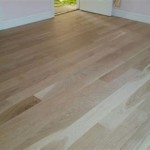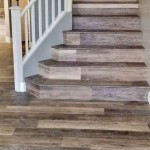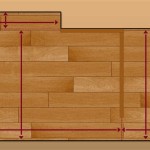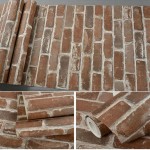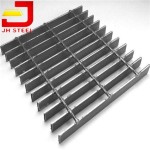How To Remove Deep Scratches From Vinyl Flooring
Vinyl flooring offers a durable and cost-effective solution for various applications. However, its susceptibility to scratches can detract from its appearance. While minor scuffs can be addressed with simple cleaning methods, deeper scratches require more specialized techniques for effective removal.
Determining the depth of the scratch is the crucial first step. Superficial scratches often appear light and may only affect the topmost layer of the vinyl. These can sometimes be buffed out. Deep scratches, on the other hand, penetrate further into the material, often appearing darker and more pronounced. These require more intensive treatment.
For superficial scratches, a thorough cleaning can often minimize their appearance. Begin by sweeping or vacuuming the affected area to remove any loose dirt or debris. Then, using a damp mop and a pH-neutral cleaner specifically designed for vinyl flooring, clean the scratched area. This can sometimes dislodge embedded dirt that makes scratches appear deeper than they are. Dry the area completely with a clean cloth.
If cleaning alone proves insufficient, a specialized vinyl floor polish can be used to fill minor scratches. Apply the polish sparingly to the affected area using a clean, soft cloth. Follow the manufacturer’s instructions regarding application and drying time. Buffing the area gently with a soft cloth after the polish dries can enhance the repair and restore shine.
Deeper scratches necessitate more specialized repair techniques. A seam sealer, specifically designed for vinyl flooring, offers a viable solution. These sealers are available in various colors to match the flooring. Select a color that closely matches the existing vinyl. Before applying the sealer, ensure the scratched area is clean and dry.
Applying the seam sealer requires precision. Use a fine-tipped applicator or a toothpick to carefully fill the scratch with the sealer, avoiding overfilling. Smooth the sealer with a plastic putty knife or a similar tool, ensuring it sits flush with the surrounding flooring. Allow the sealer to dry completely according to the manufacturer's instructions. Some sealers may require multiple applications for deeper scratches.
For particularly deep or wide scratches, a vinyl repair kit might be necessary. These kits typically contain patching compound, adhesive, and applicators. Before using a repair kit, thoroughly clean the scratched area and ensure it is dry. If the scratch has loose or frayed edges, carefully trim them using a sharp utility knife.
Following the manufacturer's instructions, apply the patching compound from the repair kit to the damaged area. Depending on the kit, this may involve mixing a two-part compound or applying a pre-mixed paste. Ensure the patch fills the scratch completely and is slightly higher than the surrounding flooring. Smooth the patch using a plastic putty knife or a similar tool.
Once the patch has dried, carefully sand it down until it is flush with the surrounding flooring. Start with a fine-grit sandpaper and gradually increase the grit to achieve a smooth finish. Be cautious not to over-sand, as this can damage the surrounding vinyl. Clean the area after sanding to remove any dust.
For extensive or complex scratch damage, consulting a professional flooring installer may be the best course of action. They possess the expertise and specialized tools to assess the damage and recommend the most appropriate repair strategy, potentially including partial or complete floor replacement.
Preventing scratches is always preferable to repairing them. Implementing preventative measures can significantly extend the lifespan and maintain the aesthetic appeal of vinyl flooring. Using furniture pads under chairs and tables can prevent scratches caused by dragging. Placing mats or rugs in high-traffic areas provides an additional layer of protection. Avoid wearing high heels or shoes with sharp cleats on vinyl flooring. Regular sweeping and mopping help prevent the accumulation of dirt and debris that can contribute to scratching.
Carefully consider the depth and severity of the scratches before attempting any repair. Always test any cleaning solution or repair product in an inconspicuous area first to ensure compatibility with the specific type of vinyl flooring. Following the manufacturer's instructions for all products is crucial for achieving optimal results and preventing further damage.

How To Fix Scratches On Luxury Vinyl Plank Flooring Steps

How To Fix Scratches On Luxury Vinyl Floors

How To Remove Scratches On Vinyl Flooring Singapore

How To Remove Scratches Out Of Your Vinyl Tile Floor

How To Fix Deep Scratches On Vinyl Flooring Planks

How To Fix Scratches On Laminate Flooring Directflooring Direct

How To Remove Scratches From Vinyl Flooring

How To Repair Luxury Vinyl Plank Tile Lvp Lvt Scratch

How To Repair Hide Deep Scratches In Lvp Luxury Vinyl Plank Singlemomvsfixerupper

How To Remove Scratches From Vinyl Flooring Homecall Carpets
Related Posts

